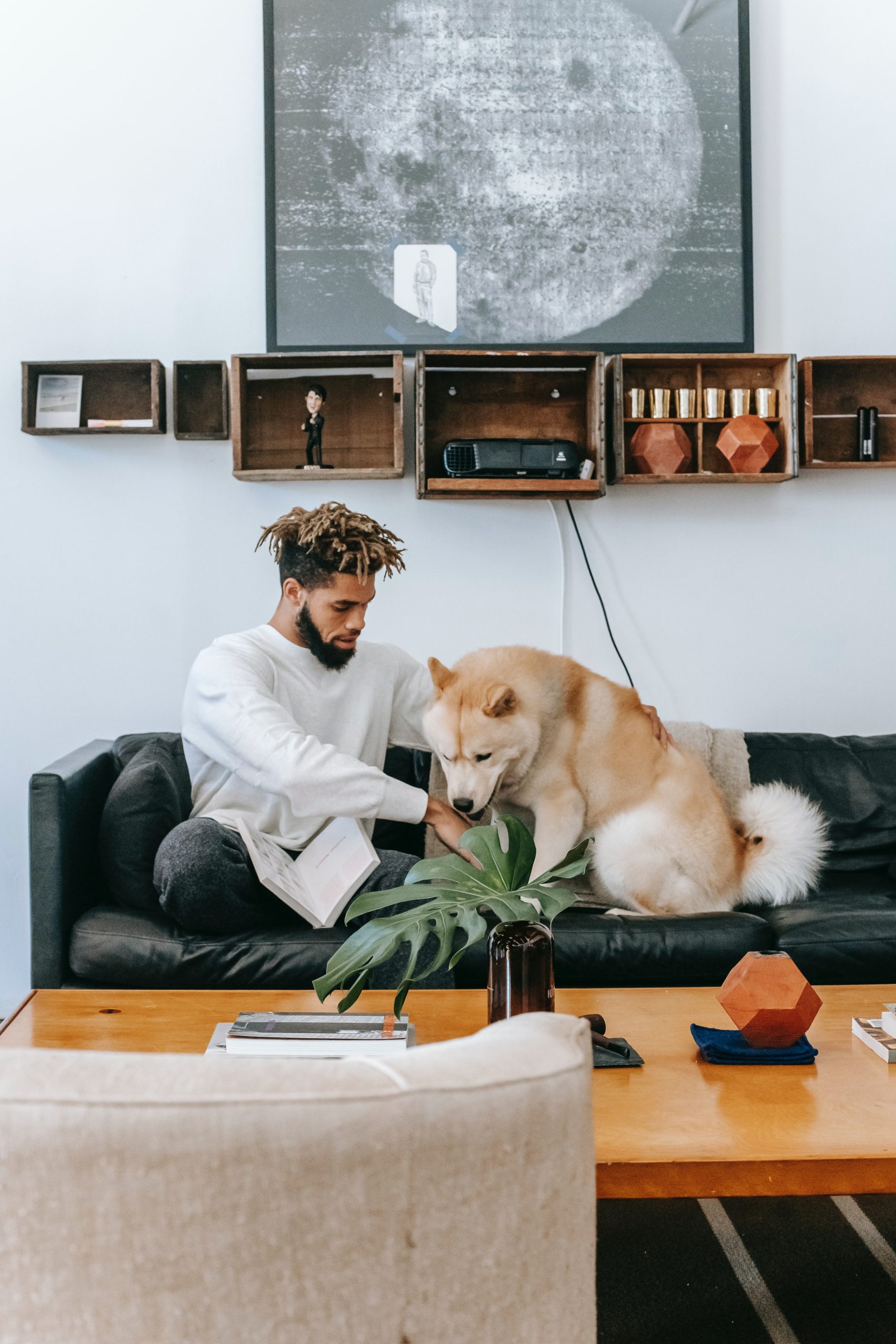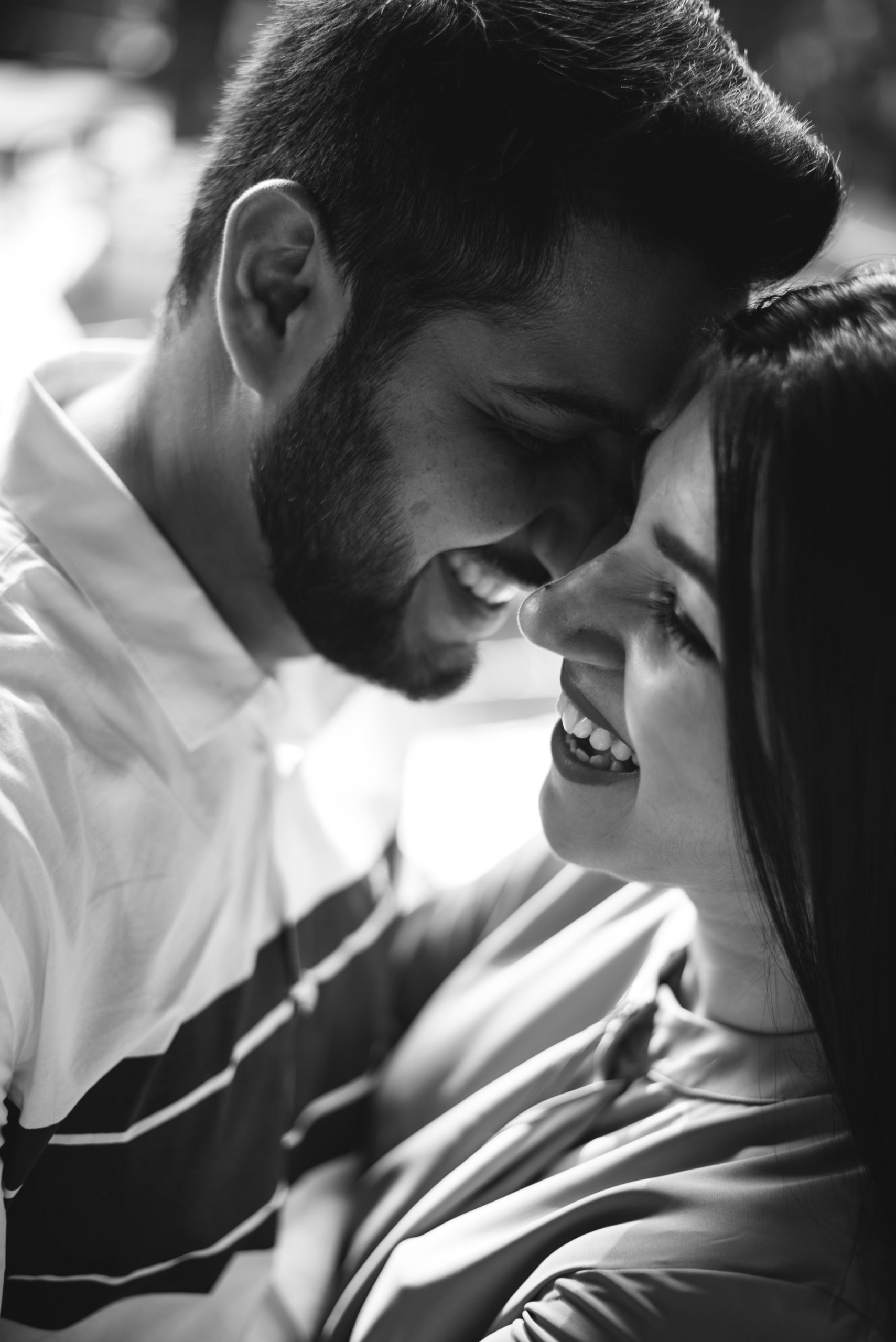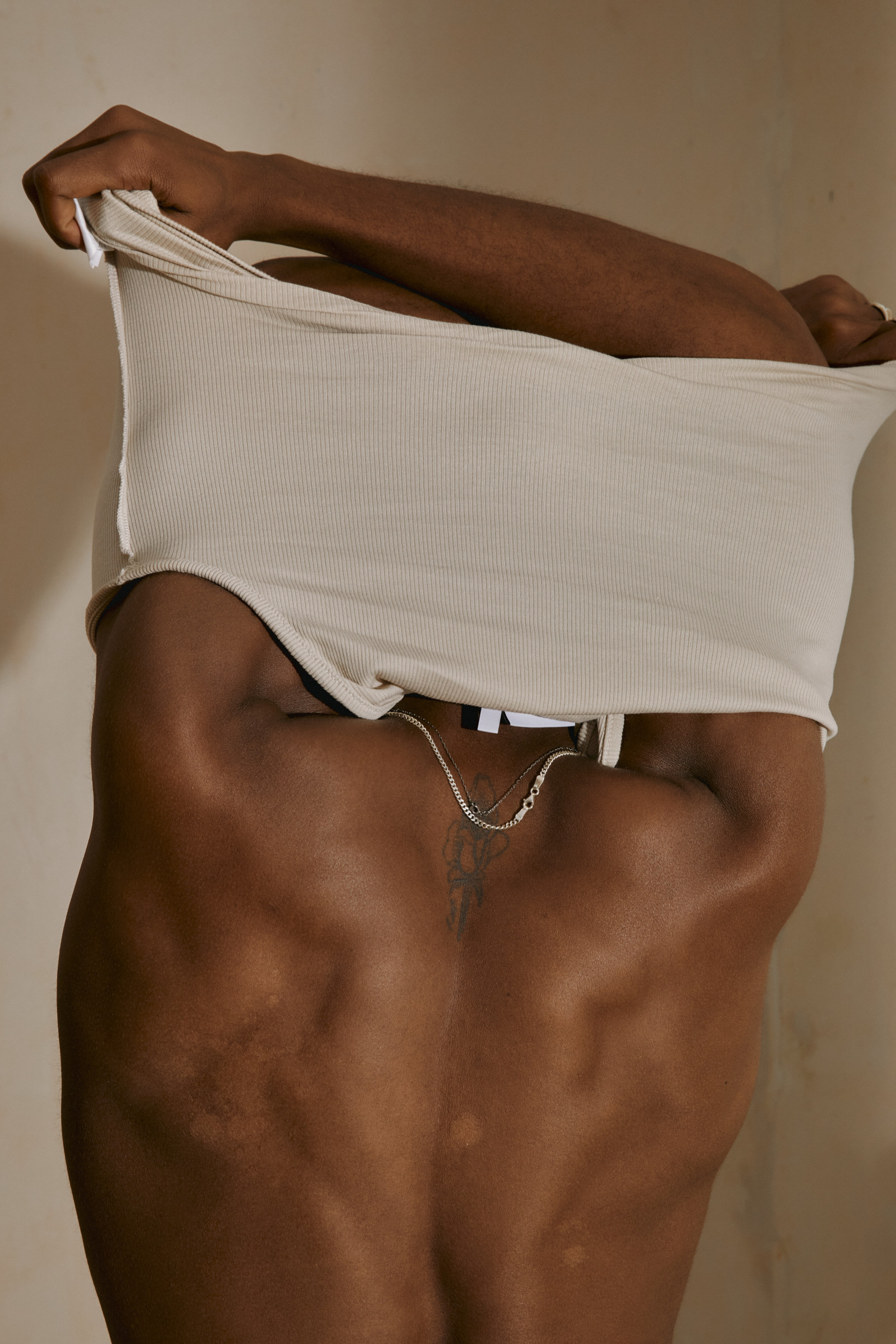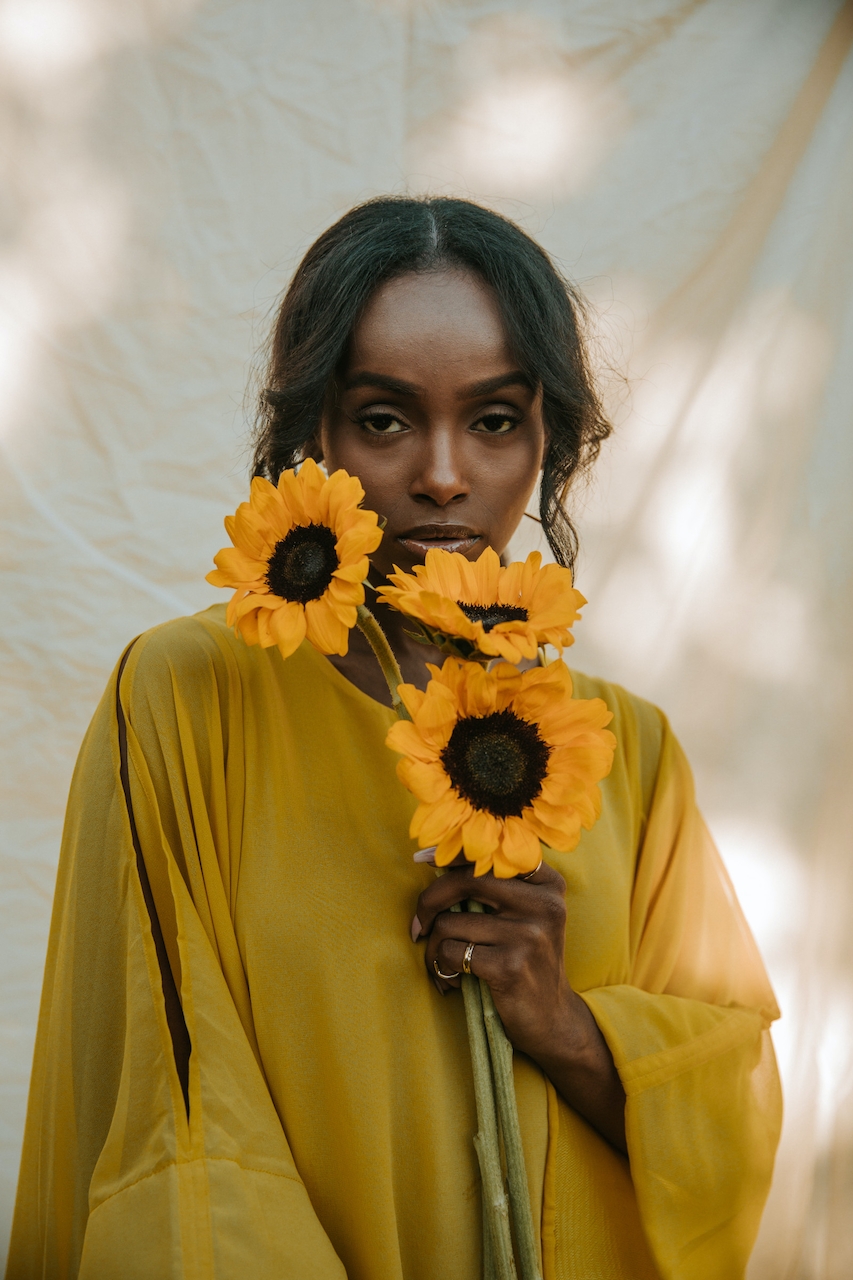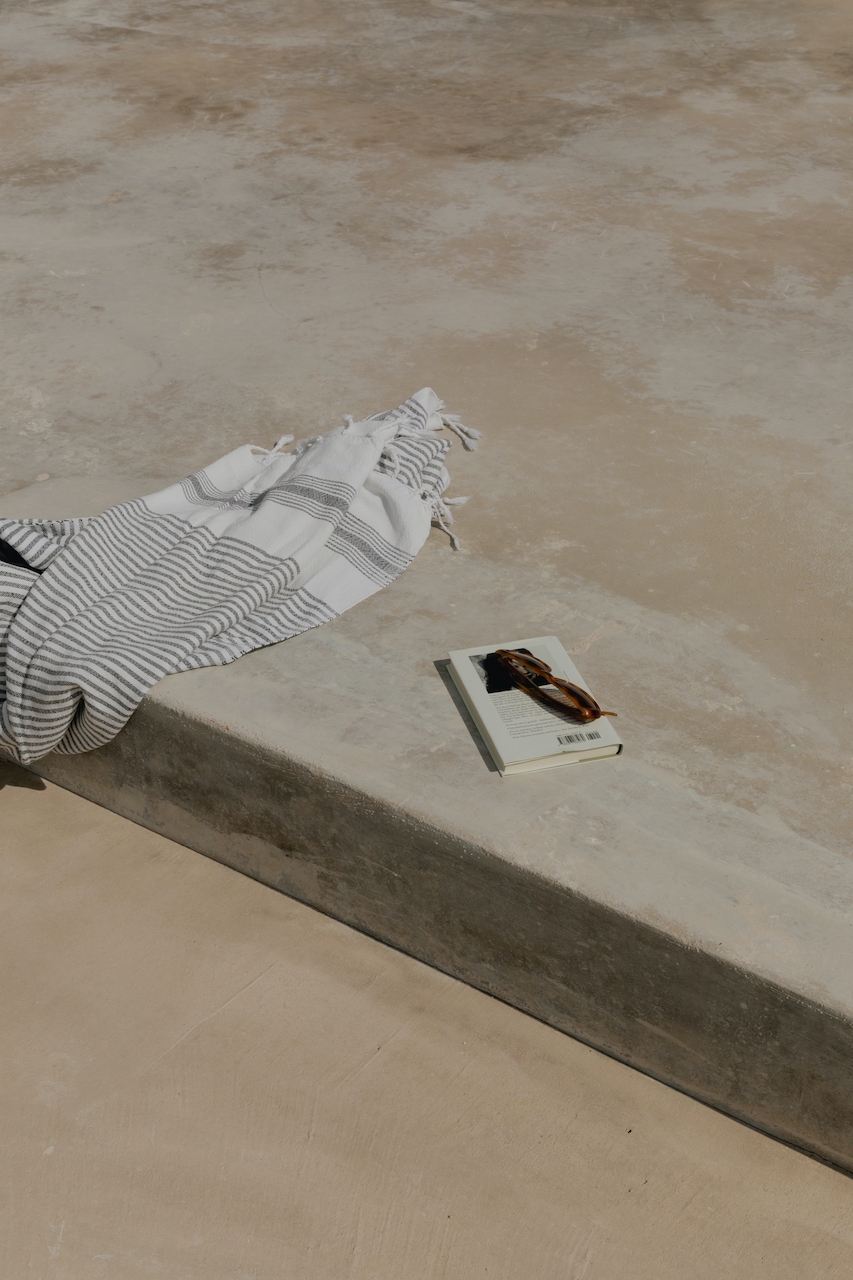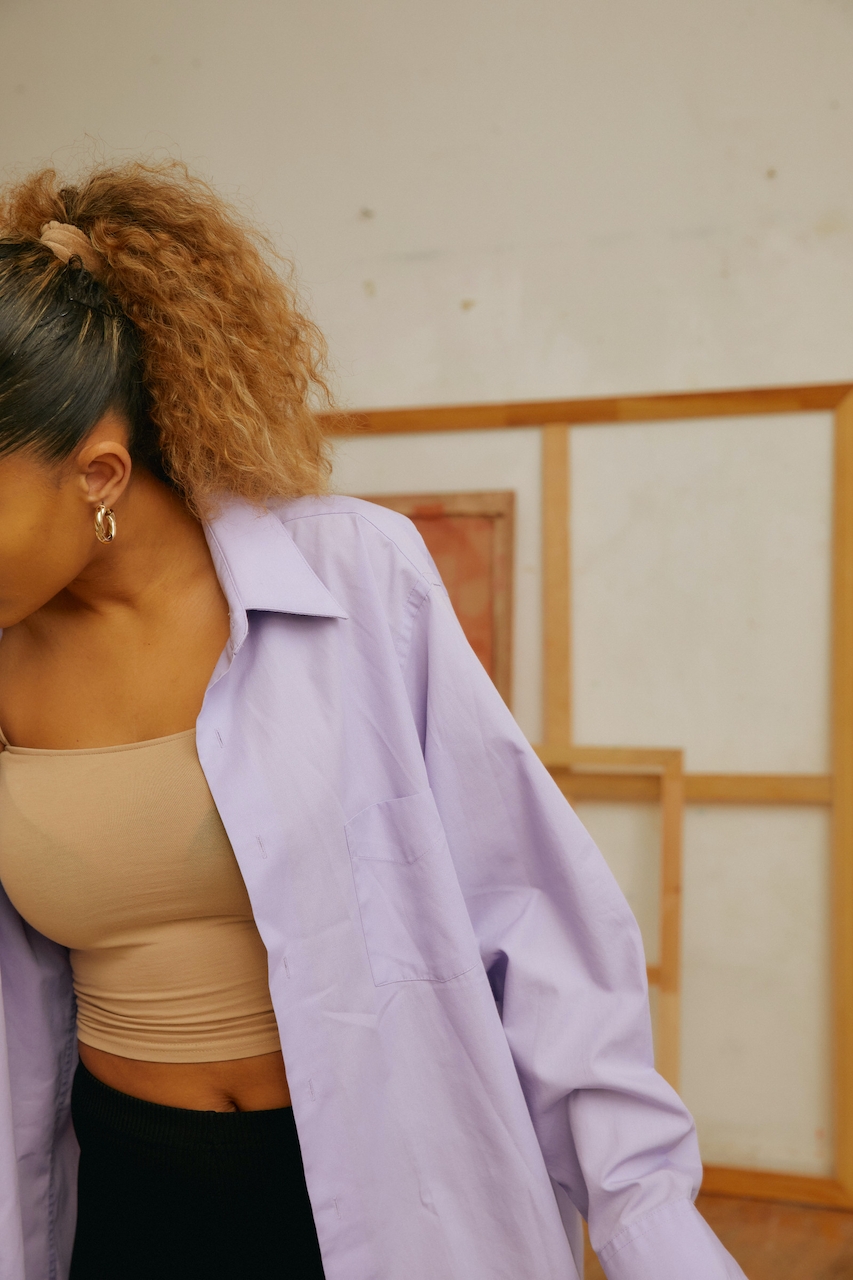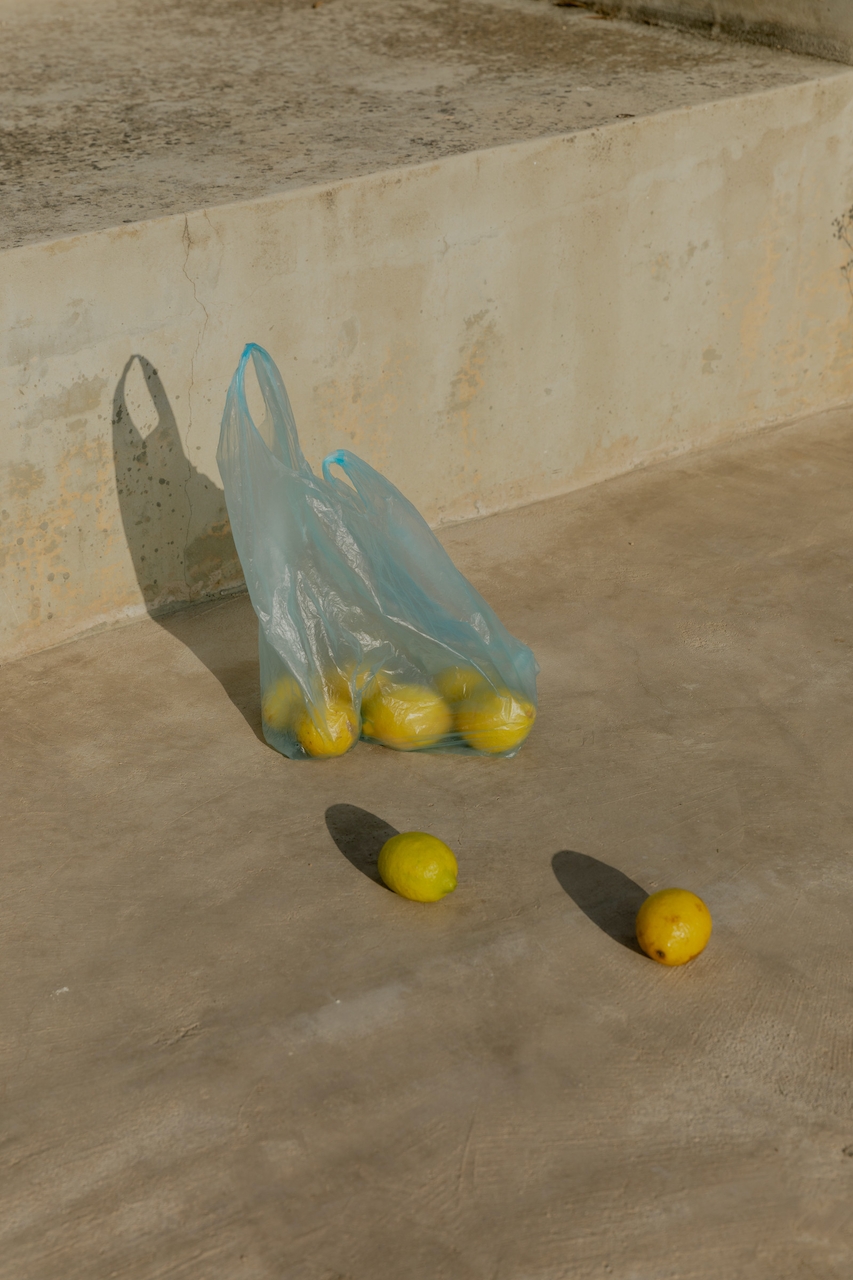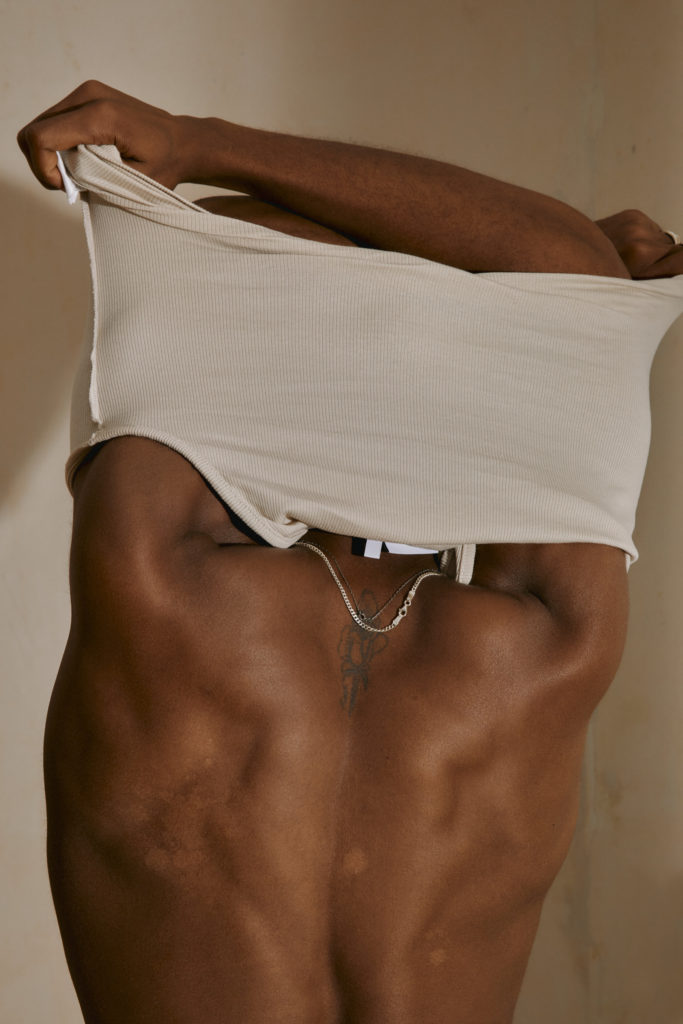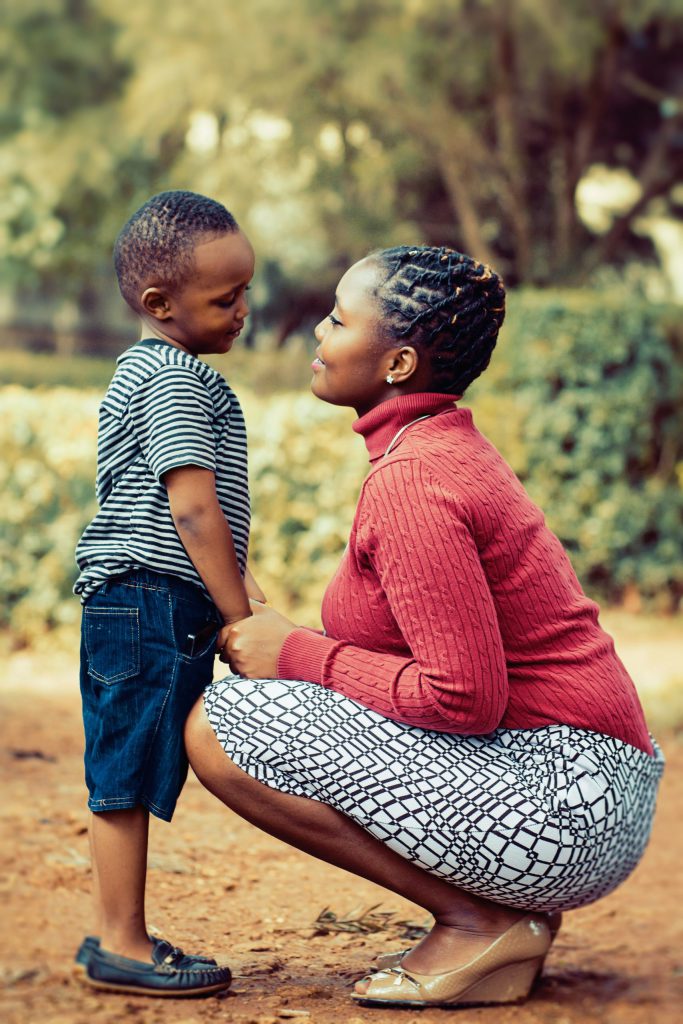
Attachment styles are like love languages… Everybody has one. It’s basically your interpretation of how your needs were met as a child, translated into how you find comfort in relationship with others as an adult. As babies, we’re dependent on our primary care givers to take care of us, until we learn how to take care of ourselves. How secure we feel with the treatment we received as a child determines our experience with anxiety and/or avoidance in our relationships.
The different attachment styles range from secure to avoidant, with many differentials in between, depending on the source you’re reading. The main four are:
SECURE
People who form secure attachments don’t let insecurities stop them from building intimacy & trust with their S.O. It feels safe for them to let people in because as a child, they felt their needs were met (/for the most part), which equips them with the tools necessary to authentically enter into new relationships. In standing relationships, securely-attached people are comforted by the idea of boundaries to maintain a healthy dynamic & their own independent autonomy.
ANXIOUS-PREOCCUPIED
People with an anxious-preoccupied attachment style don’t avoid intimacy all-together, but get easily distracted from their ability to self-regulate their emotions by how they interpret the quality of their relationships. They need to see & love a demonstration of how another person feels about them before they’ll make a commitment.
DISMISSIVE-AVOIDANT
This is those people we all know who trip in sensitive moments because they’re intimidated by vulnerability. Sometimes they think they have no relational needs of any type. These people typically had either a neglectful parent, or one who didn’t exercise boundaries.
FEARFUL-AVOIDANT
People with a fearful-avoidant attachment style display hot and cold behavior. It’s clear they want connection & intimacy from others, but for whatever reason are also afraid of the exact love they crave. Typically, they’ve experienced consistent trauma throughout their lives & are naturally jaded by people who’ve let them down in the past.
The way we learn to relate with others when we’re babies weaves the patterns we then repeat with every person we connect with for the rest of our lives. It’s important to understand your/your loved ones attachment styles to use as another tool for communication & for your own self-awareness. The more attention we can concentrate on how one’s behavior & characteristics have been informed, the more we can come to appreciate the unique ways in which they express their love for us.

